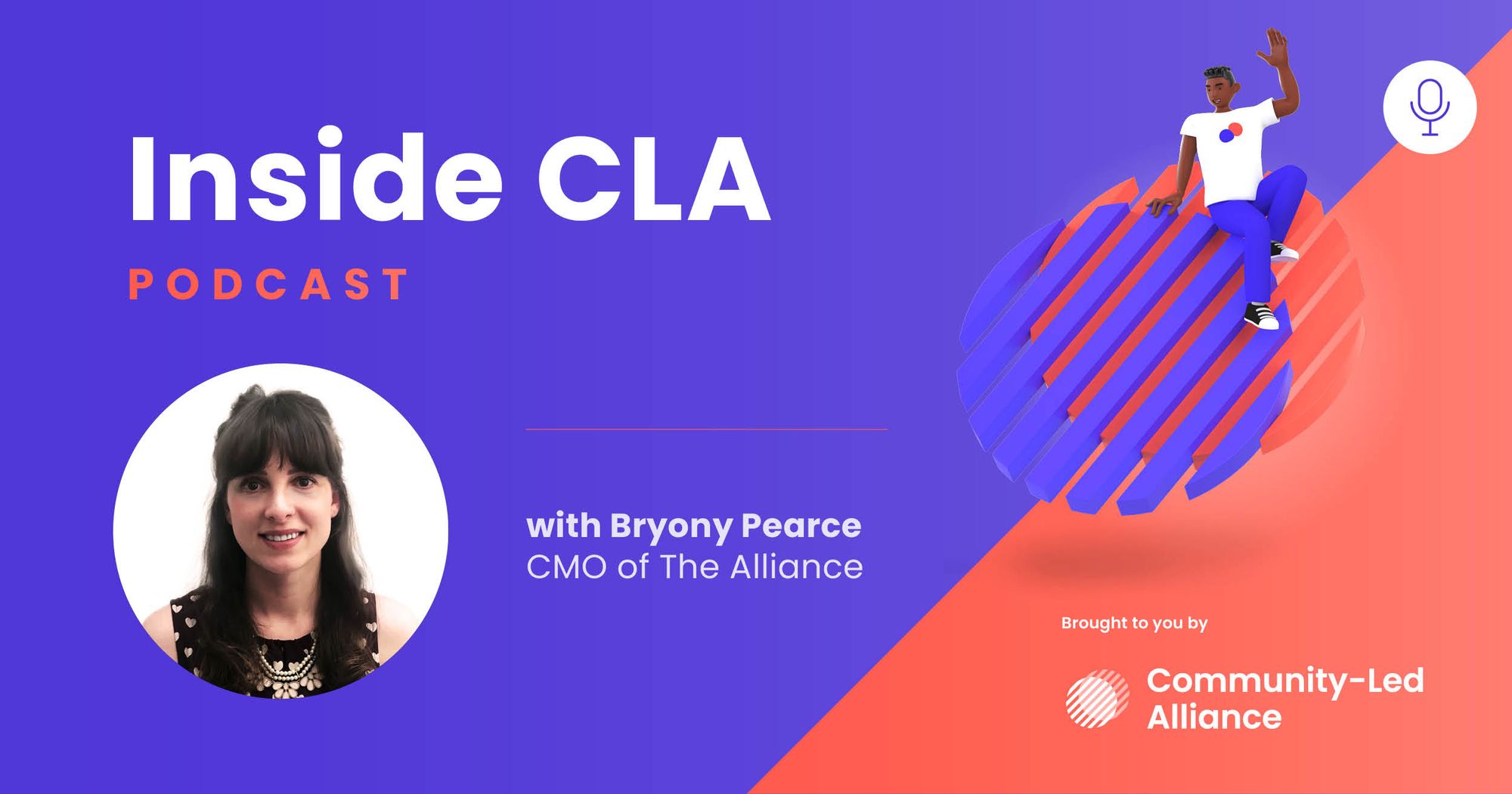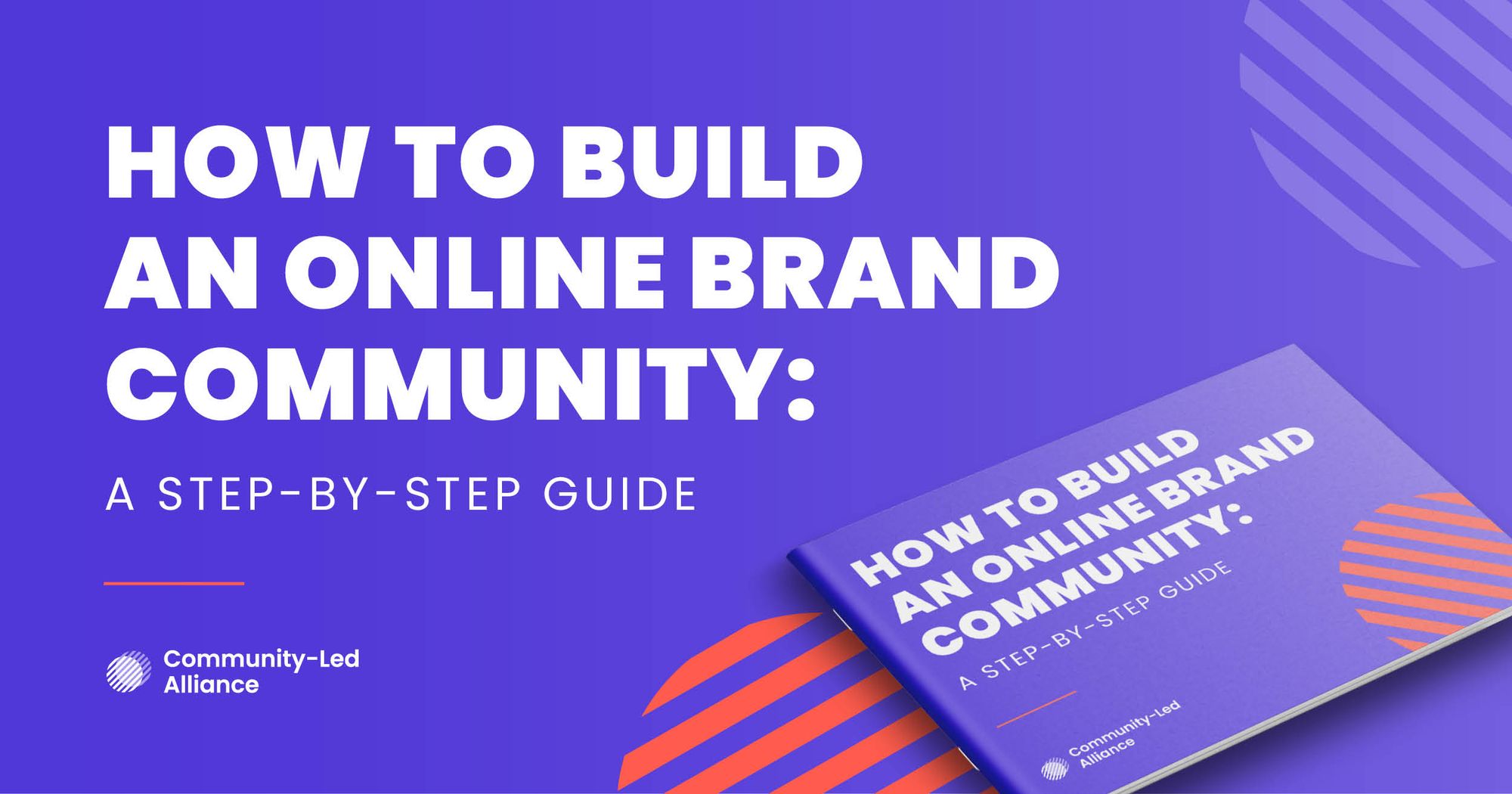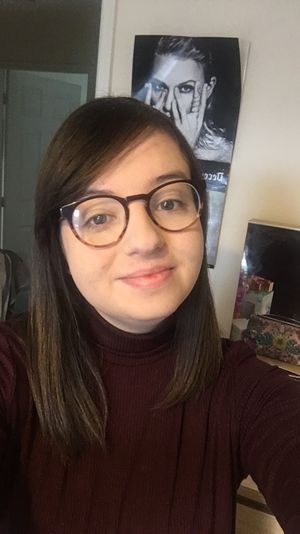It’s no secret that building a community takes a lot of work. But in today’s highly competitive landscape, the benefits of fostering a strong and engaged community far outweigh the challenges.
By providing valuable and compelling content to a community, a business can enhance its reputation, brand awareness, customer retention, and long-term profitability.
This article features highlights of the conversation from an episode of Inside CLA in which we spoke to Bryony Pearce, Chief Marketing Officer at Community-Led Alliance (CLA) and The Alliance, about how her role helps to support community-led growth in the organization, and how engaged communities can impact traditional marketing strategies.
She walked us through:
- How to spot gaps in the market for a community
- Barriers to community-led growth
- Top strategies to enhance community engagement
- Tips for starting a community
Read on for the highlights of our interview with Bryony below 👇, or watch the full podcast episode here! 🎧

Spotting gaps in the market for a community
You’ve had a lot of experience starting communities throughout your time at The Alliance. How do you know when there's space for a community to be built?
When I came in, Product Marketing Alliance, Product-Led Alliance, and Sales Enablement Collective had already been established.
I think with product marketing, there was just a big gap in the market, and that was really evident with how quickly that community grew. I think it surpassed anyone's expectations in terms of Slack community growth, but also outside of that from an education and event perspective. It really flew off the shelves.
Since then, with the communities I've been more involved with, it's listening to those Slack conversations. For example, with our customer success community (Customer Success Collective), we could see in our product marketing community that a lot of people were talking about customer success.
I'd been in a few conversations with product marketers. They were talking about customer success and they were saying, “There's just nowhere to go at the moment.” So I had a look into it and thought, Yeah, actually, there isn't anywhere for people in customer success to go.
We know it's an emerging role. We can see on platforms like LinkedIn how many people are in that profession. So in instances like that, we tend to gauge it based on what we hear in the market, what we can see is available to those people, and what the opportunity is in terms of how many people we know are in those kinds of roles. And we use that as a bit of a gauge.
We also test that before we look to roll it out. Before we launched the customer success community, we actually ran a couple of events with another community of ours, Future of SaaS, just to see if we put something out there and if it’d stick. And it did.
We did our first customer success event. We had thousands of people chomping at the bit and lots of really great feedback from people like, “This is the first time we've had something like this. It’s so great to have people to speak to.”
That must have been a great feeling to know that you were on to something, that people really do need this space and you're the one who’s about to create it.
Absolutely. And that's what we do with a lot of our communities if we think there’s something there. A lot of it’s conversation-based, whether we're speaking to community members or people just outside of the community. It might be vendors, it could be existing customers. People will validate any assumptions that way.
We'll never go straight in and create a community with absolutely no idea if the demand is there. But we've obviously got a portfolio of communities. And since my day one, there's always been three or four there. So we do tend to test them out on an existing community, and events are a huge part of how we do that.
And then once we’ve run a couple of events and we’ve validated it more, we then put the time, resources, and money into creating a fully-fledged community for that.

Breaking through the barriers to community-led growth
What are some of the misconceptions you've heard about CLG?
Not necessarily misconceptions, but I think what maybe puts some people off taking that community-led approach is thinking it’s more work than it potentially is.
But also one of the big offputting pieces is actually creating a community. It’s not an easy task. You don’t decide to create a community one day and then the next week you've got this really thriving community that you can tap into and make use of throughout your company.
It takes months of tough, manual work, and dedication to make sure that you’re ultimately getting the people into that community and that you're making it a really valuable place for people to want to stay. And also that you're nurturing and instigating those conversations.
If you’ve filled a really rife gap, maybe it’ll take you a few months to get to that point. But it can take six, seven, eight, or nine months to get to a point where you've got this really active community of people that are self-sufficient, and where you don't necessarily need to instigate all those conversations yourself.
I think that can be a big drawback for some people - not necessarily wanting to put in that groundwork. But I think that once you do put in that groundwork, the benefits are so worth it.
So I’m not sure if it's a misconception as such, but I think it's maybe a little bit of a barrier.
Top strategies to enhance community engagement
Can you outline some community engagement strategies that have worked for you or some wins you’ve experienced during your time at The Alliance?
As I mentioned earlier, content has historically been and will continue to be a huge part of that engagement piece.
For a little bit of context, with our first community, Product Marketing Alliance, we didn't actually offer paid-for products for a good six months after it was launched. It was just blogs, reports, podcasts, whitepapers, and webinars, all for free, all adding value to make sure that when we did have those paid-for offerings, people had that trust and respect for us.
They knew that they could get value out of the free content that we’d produce, so then they’d have faith that they could get value out of the paid-for products.
And ultimately, without that content, we've not got a magnet to pull people into the Slack community. If we've got no content, what can we share with people in that Slack community? How can we get them to engage? And how do we keep them in there and keep them wanting to come back?
Ultimately, these communities are great marketing and content platforms for us to share all this, whether it’s paid-for products or free content. That’s where we want to be sharing that and that's how we want to make sure that we can get in front of people's eyes.
So content will always be a really key part for us when it comes to community engagement.
Outside of that, it’s not necessarily groundbreaking or revolutionary, but I think it's the small things that really make a difference when it comes to community. It's obviously all about putting the community first and building it based on what they want, whether it's courses, content, or events.
Going back to Product Marketing Alliance, we do a lot of courses on this community. When we’re building our course plans for next year, we'll put something out and ask, what courses haven't we got that you want? What do you want to see from us?
Before we made our courses live and online, we weren't sure of the best delivery method. Would it be one day? Two half days? Four few-hour sessions? There are so many ways you could slice and dice it.
We just put it out there and said, “We're thinking about doing this.” So we're getting them involved in future projects and letting them know what we're working on. “We're doing this for you. How do you want to do it? What options do you want?”
It definitely makes sense to make sure they're on the same page as you because they're the ones that are going to be benefiting from what you're putting out.
Exactly. I think communities also want to be in the loop and they want to know what you're working on. They don't want to just be told, “We've done this, go buy it.” Or, “Go download it and read it.” - they want to be a part of that process. And I think a big part of building those relationships with the community is having those open conversations and making it a two-way dialogue.
So we're really intentional about doing that with our courses and with our content as well.
There are lots of ways we can build our content strategies. SEO is a big part of it. But you're not always going to get keywords for specific challenges that people in specific professions are facing. So the other way we can find that is by asking them and building on the back of that.
As I say, it doesn't feel too groundbreaking, but I think it's about that dialogue. It's about being transparent with what you're doing and it's not just dictating what you're doing. It's making sure that you're grabbing their insights on a regular basis and feeding them into the outcomes.
I think it's important to note as well that every community is free to join and always will be. And with the courses, the course team makes a real effort to reach out to the communities and make sure that they're giving their input as well, and they're even helping build those courses.
So it's really a collaborative effort right through to the end, and that's obviously a major part of the engagement because people will want to engage with something that they've had a real part in forming as well.
100%. As you said, in our courses, when we're interviewing experts for them, they’re experts from our community.
And when we're running events, they’re experts from our community, even for meetups and things like that. That's our community hosting that. They're so involved and so instrumental to what we do.
But the only way people advocate for you and want to do that for you is if you give them something back. And that maybe translates to the content piece we spoke about and the networking that they get in the Slack community. It's all just a never-ending funnel of giving and taking and giving and taking.

3 top tips for creating a community
What would your top advice be for people who want to start a community?
Be patient. It’s not going to happen overnight. It's not going to happen in a couple of months. It's going to be a long process.
It can be disheartening at first. When you've got a community and you're trying to drive that engagement, it can feel like you're speaking into a void. That's probably the critical point where most people just think it’s a waste of time and they’re not going to get anything out of it. But if you don't persevere for those first few months, you'll never get to the point where you’ve got a self-sufficient community.
So be patient, I think that would be the big one.
The second one is to deliver value. Not all companies have the focus on content that we do. I've been in copywriting roles in previous companies and they didn't have a content mindset.
You feel like you have to constantly justify your value because content isn't the type of role like traditional marketing where you bring in X thousand dollars a month. That's not always the point of content. We obviously drive organic revenue, but there’s a lot more to it than that revenue-driving role.
So that can be a hard part if you're in a company that doesn't have that content focus, and you're not able to put the time and resources into building that great top-of-funnel content that delivers value to your community and brings them into the process.
But this is another way in which we bring our community in. For our blogs, we want to get their input and we want them to produce blogs on our site. We want a lot of contributed content and we don't just want it to be us speaking to them. We want it to be a joint approach.
So I guess my second piece of advice is if you're not sold on content or you don't believe in the value of content, start believing because it's essential.
As I mentioned, the copywriter is the first hire we’ll make when we create a new community, and we’ll never launch a new community without having a really rich bank of content for people to get stuck into first.
And my third bit of advice is, don't forget about your community as it's growing. Don't make plans in isolation. Make the most of that really valuable resource that you've got and make sure that you’re bringing them into it, using them as a sounding board, and making sure that you're headed in the right direction. Just give them that voice that they want and that you need.
Want to learn more about community-led growth? Professionals from across the globe are sharing ideas, insights, and resources right now in our free Slack community.







